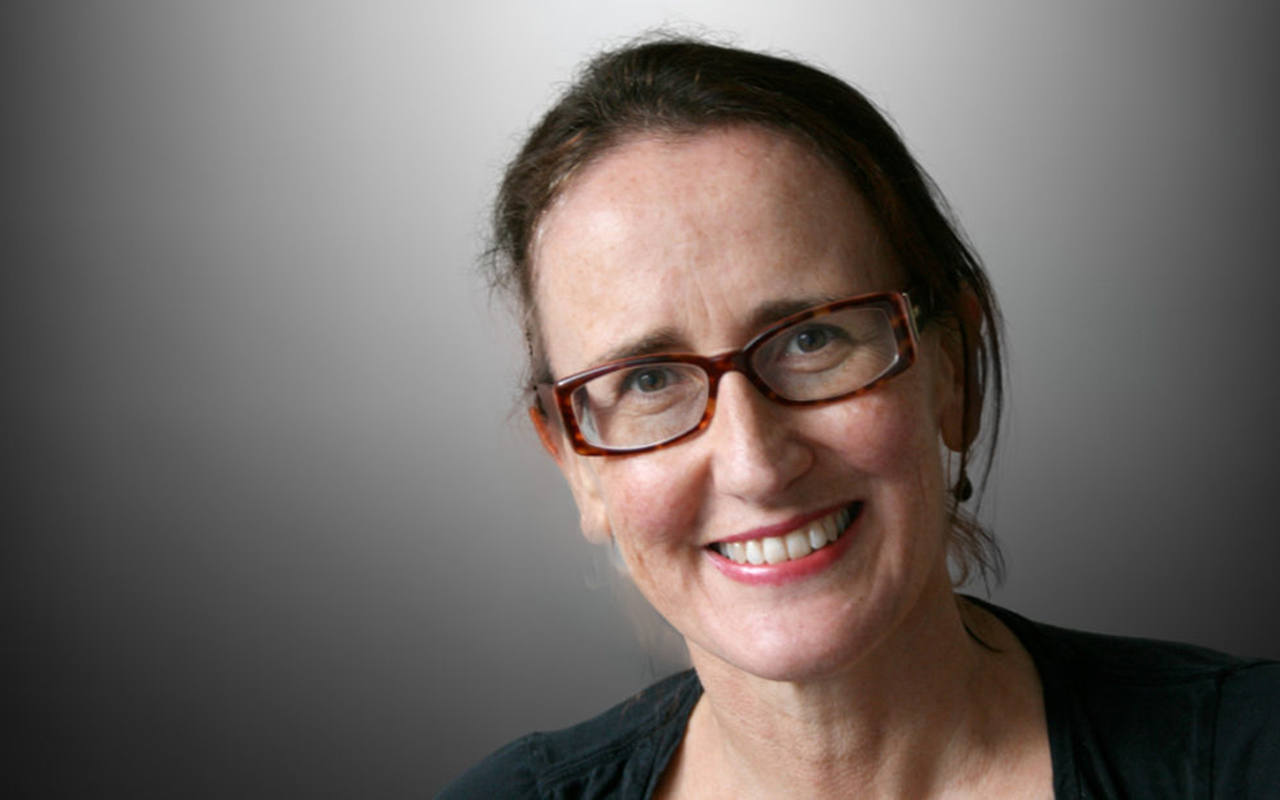YOU’VE probably seen some of the headline findings of the 2021 census over the last couple of weeks: we’re an increasingly multicultural society, we’re decidedly irreligious, and the millennial generation is overtaking the baby boomers as the dominant age group.
The usefulness of the census is not just in these big picture attention-grabbers, but in the fine-grain data it offers every 5 years about various regions and demographic groups.
This information will be released in stages over the next 12 months as the Australian Bureau of Statistics (ABS) completes its analysis, exposing inequalities and providing a basis for planning of services such as health and education.
The 2021 census was historically significant for several reasons, not least that it marked the 50th anniversary of Indigenous Australians being fully included. The first census to do this was held in 1971, following the landmark 1967 referendum that saw more than 90% of voters support the change.
Indigenous Australians are, however, still under-represented in the census, with the ABS estimating a 17.4% undercount, compared with just 0.7% for the population overall.
The ABS has made various efforts to address the undercounting, but it remains an issue with the potential to undermine health planning and disease prevention strategies in Indigenous communities.
The 2021 census was also historic for being the first to be conducted during a global pandemic (the closest to the influenza pandemic of 1918–19 was in 1921).
Some countries postponed censuses planned for 2020–21, but Australia opted to go ahead, giving us a snapshot view of life under COVID-19 that will no doubt be a goldmine for future historians.
On census night, 10 August 2021, we were a divided country, with much of the eastern half of our continent in lockdown while people in the west lived freer lives behind their closed border. Unsurprisingly, according the census results, there were only 61 860 overseas visitors in the country, an 80% drop from the 2016 figure of 315 531.
Vitally for health planning, this census was the first to ask about long term health conditions in the Australian population, and it turns out a lot of us have them.
A third of Australians, just over 8 million people, reported a long term condition, with 4.8 million having one or more of the ten specific conditions listed on the census form.
Indigenous people were disproportionately affected, with around 38% reporting at least one long term health condition.
There was variation across states and territories, but the most common of the specified conditions nationally related to mental health (2 232 543 people), arthritis (2 150 396) and asthma (2 068 020).
It’s a shame this question wasn’t included in the 2016 census, as the comparative data might have helped elucidate the impact of the pandemic on mental health in particular.
Like censuses before it, 2021 has raised controversy about the questions that were asked and, more often, those that were not.
The collection of information on long term health conditions was broadly welcomed, although special interest groups lamented that conditions ranging from migraine to endometriosis were not specifically listed.
There was disquiet too about the lack of information sought from the LGBTIQ+ community.
This census was the first to recognise same-sex marriage (25 000 of them) and the first to offer a non-binary option alongside female and male in the question about sex, but it was criticised for not asking further questions about gender or sexual orientation.
“Had appropriate questions been included in the 2021 census, today we would have access to a whole range of data that we urgently need to be able to better respond to the health disparities that LGBTIQ+ people live with,” said Nicky Bath, CEO of LGBTIQ+ Health Australia.
The ABS says there will be consultation on possible changes for the next census, to be held in 2026.
In the meantime, its analysis of data related to those who selected the non-binary option this time around is expected to be released in September.
The Census is a massive undertaking and, like any human endeavour, it’s flawed. There will always be disagreement about what should and should not be included.
This 5-yearly investigation of who we are and how we live has to get the information we need without being so voluminous we all throw up our hands in defeat at the thought of filling it in. It can’t cover everything.
Ultimately, the government of the day will decide what’s in and what’s out in 2026, but it would be good to see serious attention to the data gaps related to people we know are at greater risk of poor health outcomes, like the LGBTIQ+ community and Indigenous Australians.
Jane McCredie is a science and health writer based in Sydney.
The statements or opinions expressed in this article reflect the views of the authors and do not necessarily represent the official policy of the AMA, the MJA or InSight+ unless so stated.
Subscribe to the free InSight+ weekly newsletter here. It is available to all readers, not just registered medical practitioners.
If you would like to submit an article for consideration, send a Word version to mjainsight-editor@ampco.com.au.

 more_vert
more_vert
Personal hygiene measures are “Absolutes “, for which everyone is responsible !